Chinese red sugar (hóng táng – 红糖) is definitely not the same as Western brown sugar.
It’s not just a cooking ingredient, it’s actually considered by traditional Chinese medicine practitioners to be something of a nutritional supplement. Learn more about Chinese red sugar, what makes it different from regular sugar, and how to use it in your cooking.
What is Chinese Red Sugar?
Chinese red sugar (红糖) is an unrefined cane sugar that gets its deep reddish-brown color and distinctive flavor from the molasses that remains in the product after cooking.
Unlike white sugar, which is heavily processed and stripped of its natural minerals, Chinese red sugar retains some of the sugar cane’s nutrients and trace minerals like potassium, calcium, magnesium, and iron.
This sweetener can come in various forms, from solid blocks that can be sliced or crushed to soft, moist varieties similar to Western brown sugar. However, Chinese red sugar is typically minimally processed compared to Western brown sugar, which is just refined white sugar with molasses added back in.
You begin with sugarcane, a type of very tall, thick grass that looks similar to bamboo. The sugarcane is pressed to extract the sucrose-rich juice, which is then filtered and heated. The resulting syrup gets stirred constantly to prevent sticking as it cools. The natural molasses in the sugar, which contains polyphenols (antioxidants), iron, calcium, magnesium, potassium, and Vitamin B6, gives it that deep color.
Further reducing yields and even darker colored sugar, often referred to as Chinese black sugar (hēi táng – 黑糖), which is even more prized and expensive.
Flavor and Texture
Chinese red sugar has a deep, complex sweetness with subtle caramel notes and a mild smoky undertone. It’s a little less sweet than white sugar with a more robust flavor profile that adds dimension to both sweet and savory dishes.
The texture varies depending on the form—the blocks are rock-hard and need to be broken down or slowly dissolved. The soft variety has a moist, slightly sticky consistency similar to Western brown sugar, but with a deeper color and richer taste. There is also a drier kind with a texture similar to fine sand.
Health Benefits in Chinese Culture
In traditional Chinese medicine (TCM), red sugar is considered warming and nourishing. It’s particularly associated with women’s health. It’s an essential ingredient in many postpartum recovery dishes. (See our postpartum recipes for more information.)
Many Chinese families make red sugar ginger tea (红糖姜茶) for women after childbirth or during menstruation to help with blood circulation and to warm the body.
An Aside from Judy:
My mother loves to tell the story of her earliest memory. She was barely 3 years old, and remembers the day her brother was born. The first thing that her mother ate after giving birth was a large bowl of red sugar soup with 3 poached eggs. She describes sitting at the foot of the bed, watching her mother, and wishing she could have some soup too. Each time she tells this story, she’s amazed that she still remembers the minute details of those moments as clearly as yesterday.
Traditional Chinese medicine practitioners also recommend it for elders and people with colds—to dispel cold from the body, improve circulation, and nourish qi (strengthen and energize the body).
Of course, it’s important to remember that Chinese red sugar is still sugar! Use it in moderation.
How to Use Chinese Red Sugar
Chinese red sugar is incredibly versatile in Chinese cooking. Here are some common uses:
- Sweet Soups and Desserts: It’s the preferred sweetener for traditional desserts like red bean soup (红豆沙) and Chinese New Year nián gāo (红糖年糕).
- Braised Dishes: In Shanghainese and Jiangsu cuisine, you can use red sugar in red-braised dishes like hóng shāo ròu (红烧肉) for both color and flavor.
- Medicinal Teas: Our ginger date tea (红糖姜茶) is great for colds and PMS symptoms! Sweeten it with red sugar.
- Steamed Buns and Cakes: Many steamed buns and cakes use red sugar for its rich flavor, like red sugar steamed cake (红糖发糕) and Chinese sweet Shaobing (红糖烧饼).
- Sauces and Marinades: You can use it to add depth to savory sauces and marinades, balancing spicy or salty flavors.
Basically, Chinese red sugar is a better choice over refined white sugar. So you can use it in any recipe that calls for some sugar. (Unless it’s a baking recipe, which will be more precise and finicky with substitutions.)
How to Store
Store in an airtight container in a cool, dry place away from direct sunlight. The solid blocks will keep for years if stored properly. The granulated and soft varieties may harden over time if exposed to air, but they’ll still be usable. Simply break up any clumps before using.
If you have the soft variety and want to prevent it from hardening, you can place a brown sugar saver in the container (a piece of terra cotta soaked in water), which will help maintain moisture.
Where to Buy
Chinese red sugar is readily available at Asian grocery stores, typically in the baking or sweetener section. Look for it in plastic packages or small boxes labeled “红糖.” Online Asian grocery retailers like Sayweee also carry it if you don’t have a local source.
Note that while the Chinese translates to “red sugar,” you’ll often see packages labeled in English as “brown sugar.” For that reason, we have also referred to it as “Chinese brown sugar” on this site over the years.
Chinese red sugar is more expensive than regular sugar. It is a specialty item, and some makers may still use traditional and manual cooking methods.
If you’re looking for the more expensive black sugar, look for these Chinese characters on the package: “黑糖.” That said, we don’t think there are any regulations or standards on calling it “red” or “black.” But generally, the darker the color, the higher the quality, with better medicinal value according to TCM.
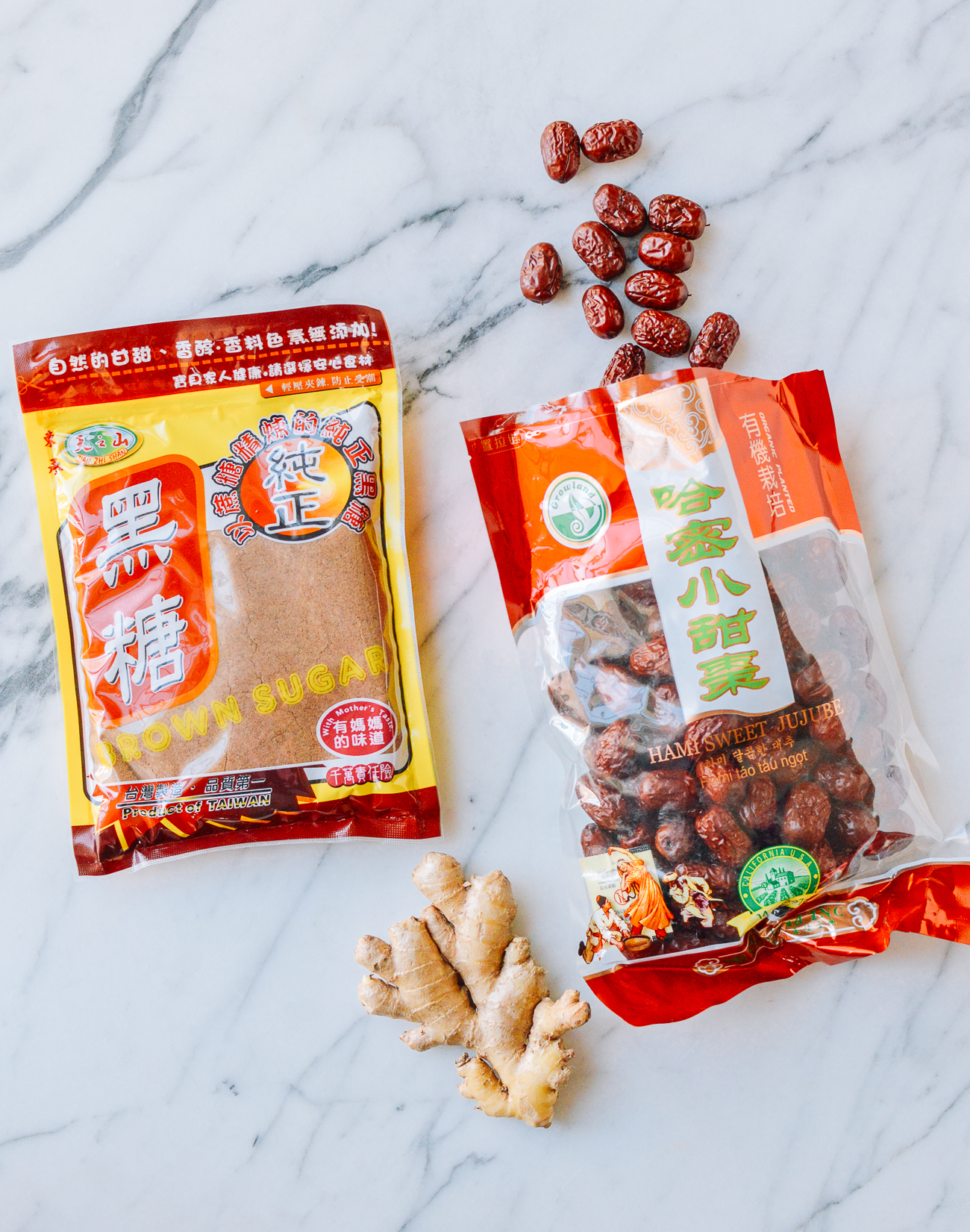
Generally, black sugar should look much darker than regular red sugar, with more of a molasses-y color.
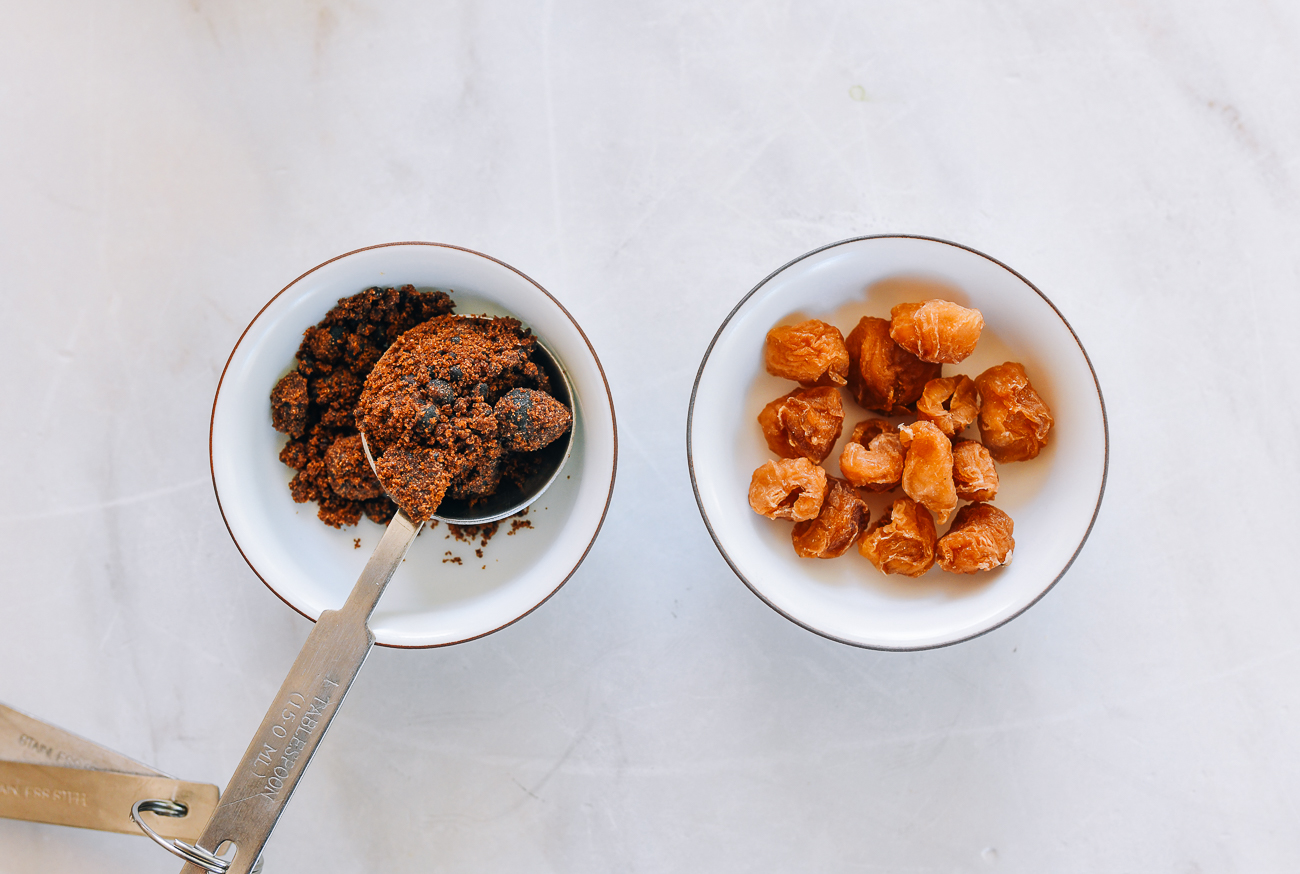
Recipes To Try Using Chinese Red Sugar
These recipes don’t all explicitly call for Chinese red sugar. However, you can use it in the place of the sugar/brown sugar in these dishes:

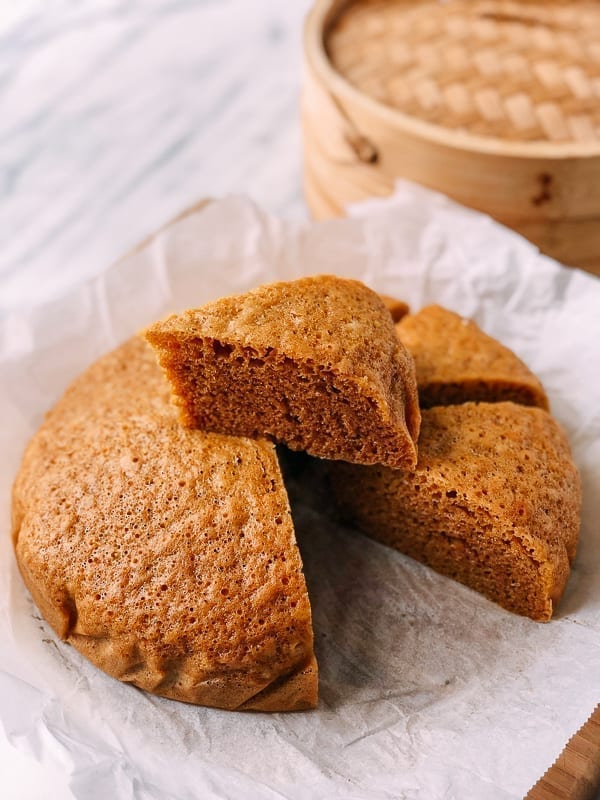



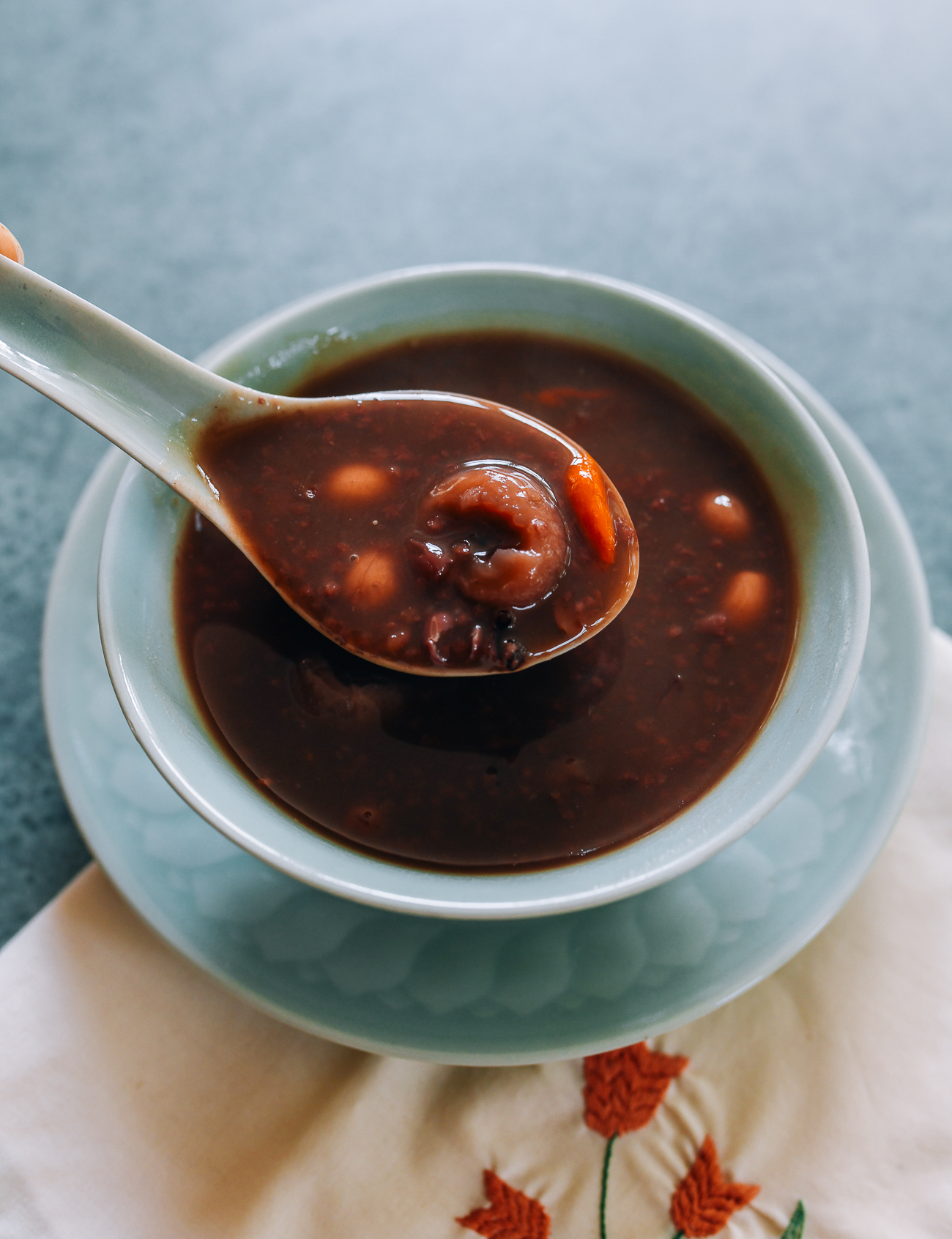

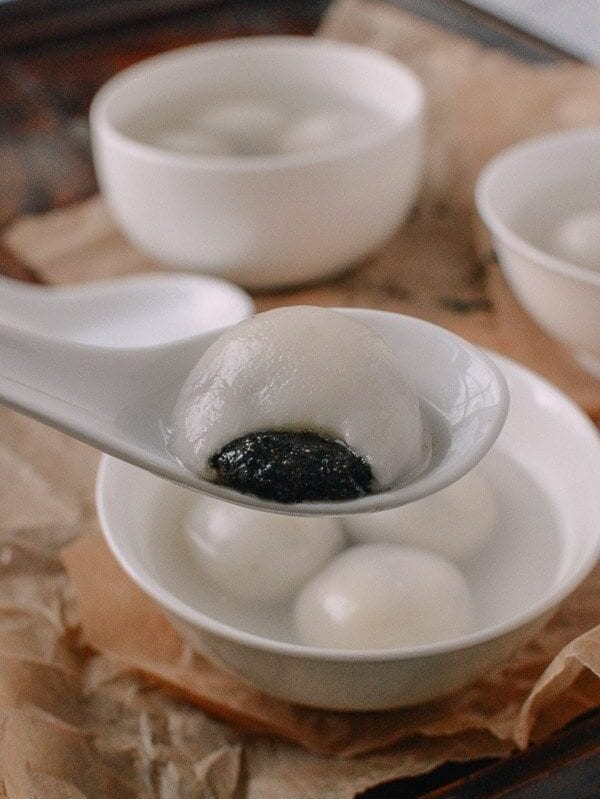

If you’ve never cooked with Chinese red sugar before, I encourage you to give it a try! Start with a simple red sugar ginger tea on a cold day or when you have a cold – just boil some fresh sliced ginger, water, and red sugar. You’ll immediately notice the difference in flavor compared to regular sugar, and it might just become a new staple.

